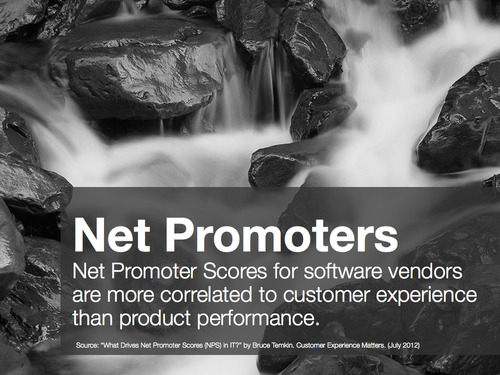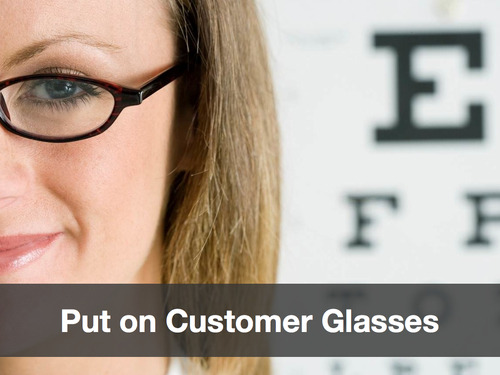Have you noticed how easy and enjoyable most smartphone apps are to use? How intuitive, sticky and user-friendly cloud-based applications such as Evernote and Salesforce have become?
With the rise of cloud-based, on-demand software, more and more software offerings are designed to cater explicitly to the needs of users. They typically require little or no training, are intuitive and easy to use, offer simple designs and feature-sets, and provide much more enjoyment.
There are several trends responsible for this. The economic model for software has changed dramatically. The days of massive expenditures and locking in customers with software that is difficult to replace are limited. The new model of cloud-based, on-demand software makes it easier for users to switch to better offerings. In the past, vendors could get away with ugly, cumbersome, difficult-to-use software. Today, they simply can’t. In fact, Net Promoter Scores for software vendors are more correlated to customer experience than product performance.

At Evernote, a maker of a free application that helps you remember everything across all of the devices you use, the company has made a radical shift in it’s approach to building software. As Phil Libin, Evernote’s CEO, describes it, they went through a very intentional effort to make experience and design the focal point of their process. In the past, Evernote followed a traditional software development approach that can be described as “feature first.” The emphasis in the process was on making software features and checking the requirements off a list. The results were sometimes ugly software that no one wanted to use. Several years ago, Evernote changed their approach from “feature first” to “experience first.” They now start with the design and allow everything to follow from there. They recognized that they had talented designers on staff, but they needed to include designers earlier in the process and invite them to all the key meetings. They also began to experiment and listen closely to user feedback so that they could drive iterative improvements.

Now more than ever, a user experience that delights users is of paramount importance in software. Integrating design activities into the software development lifecycle is the basis for achieving this level of experience. How is your organization approaching the development of software (both for internal and external customer use)? Have your development teams changed from a traditional approach? Has the role of designers been elevated? If not, now is the time to consider these changes and make the case for a shift in approach. You users will thank you (and so will your CFO).
.



